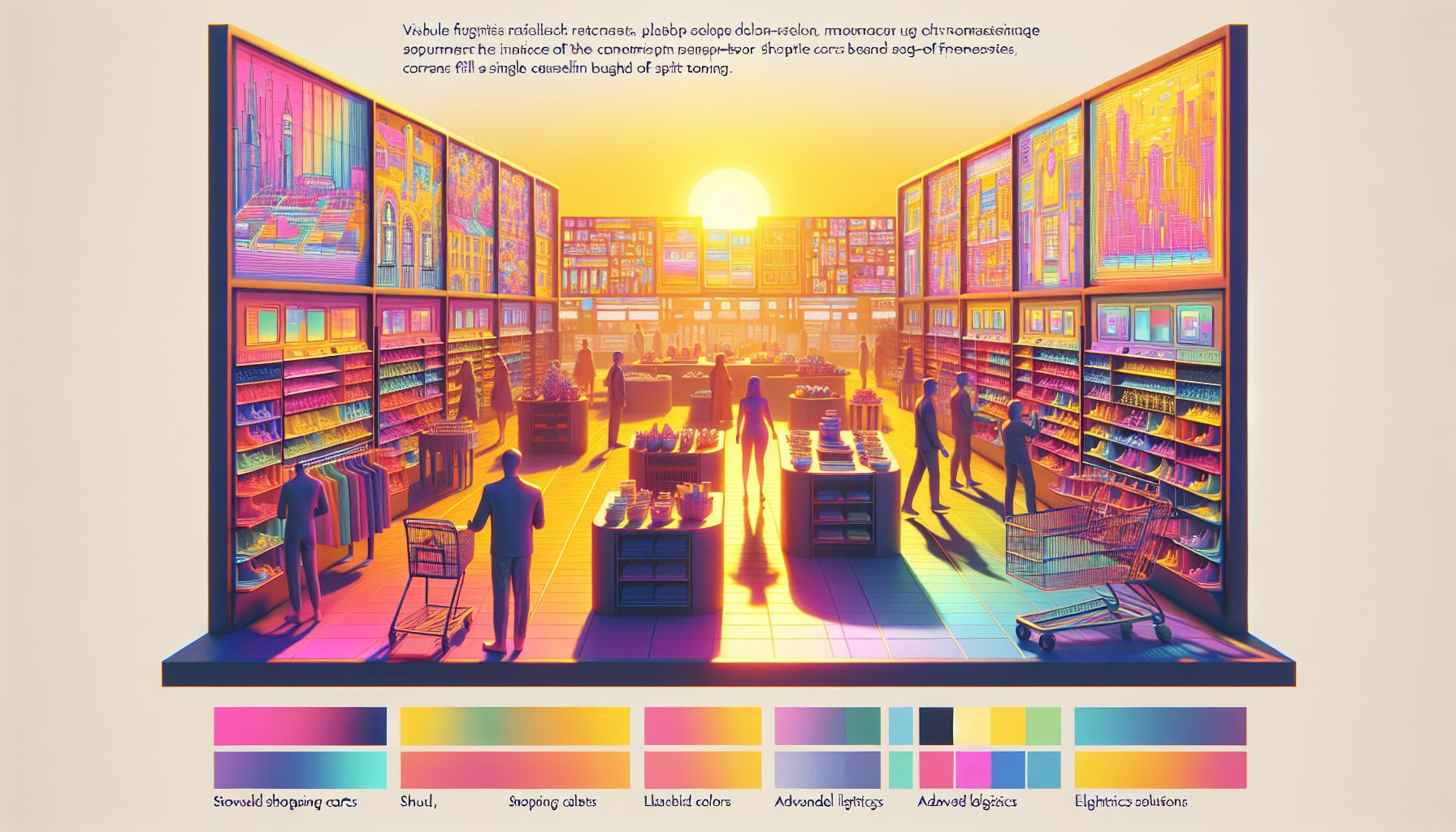Amazon's AI Shopping Revolution: Automated Carts and Personalized Recommendations

Seattle, Thursday, 10 October 2024.
Amazon is developing AI systems to automatically fill shopping carts based on user preferences, aiming to streamline the retail experience. This innovative approach combines AI-powered shopping guides, a chatbot named Rufus, and advanced logistics solutions to transform online shopping.
The Vision Behind AI-Driven Shopping
Amazon’s latest venture into AI technology aims to revolutionize the shopping experience by predicting consumer needs before they are even expressed. This ambitious project is led by Trishul Chilimbi, a distinguished scientist at Amazon, who emphasizes the non-intrusive nature of these AI systems. According to Chilimbi, the goal is to surprise and engage users with recommendations that are both relevant and interesting, without becoming an annoyance[1].
How AI Shopping Guides Enhance the Experience
The AI Shopping Guides, a cornerstone of Amazon’s strategy, utilize generative AI to assist customers in product research and decision-making. These guides consolidate key information and relevant product selections, reducing the time consumers spend searching for suitable items. Available currently in the U.S. app on both iOS and Android, these guides cover over 100 product categories, including TVs, dog food, and running shoes[2]. Built with Amazon Bedrock, these guides leverage large language models to ensure that recommendations are up-to-date and tailored to consumer preferences[3].
Rufus: The AI Shopping Assistant
Rufus, Amazon’s AI shopping assistant, launched in February 2024, plays a significant role in this ecosystem by quickly answering shopper queries. Built on a custom large language model, Rufus uses innovative techniques such as Retrieval-Augmented Generation (RAG) and reinforcement learning to enhance its efficiency and accuracy. Feedback from customers is integral to Rufus’s continuous improvement, as it learns from interactions to refine its responses[4].
Impacts on Logistics and Delivery
In addition to enhancing the shopping experience, Amazon is applying AI to its logistics operations. The Vision Assisted Package Retrieval (VAPR) system, set to be installed in 1,000 delivery vans next year, aims to increase delivery efficiency by helping drivers locate packages faster. This system, under development for four years, could reduce the average delivery route time by 30 minutes, marking a significant advancement in Amazon’s logistical capabilities[1].
Future Prospects and Market Growth
The integration of AI into e-commerce is expected to grow significantly, with the market projected to increase from $6.6 billion in 2023 to $22.6 billion by 2032[5]. As Amazon continues to refine its AI technologies, the potential for these systems to autonomously manage complex tasks, such as filing tax returns or organizing trips, becomes increasingly plausible. While challenges in reliability and consumer trust remain, the advancements made by companies like Amazon demonstrate the transformative potential of AI in retail[5].

